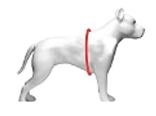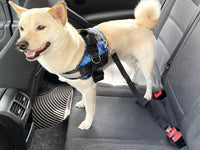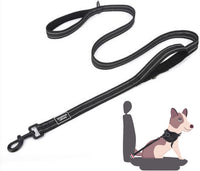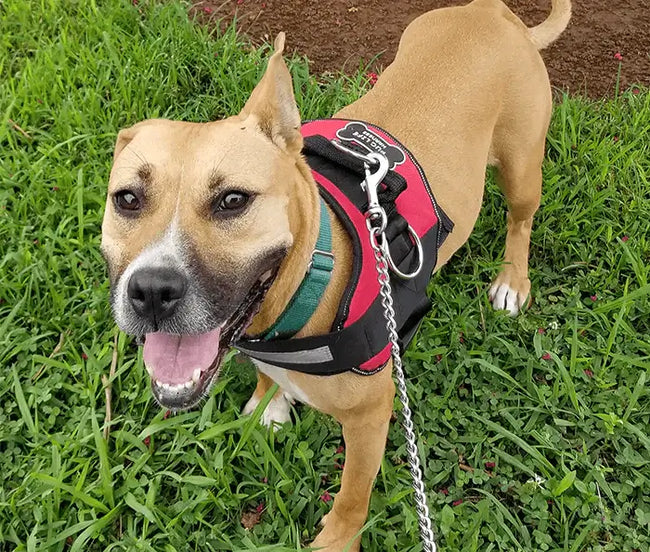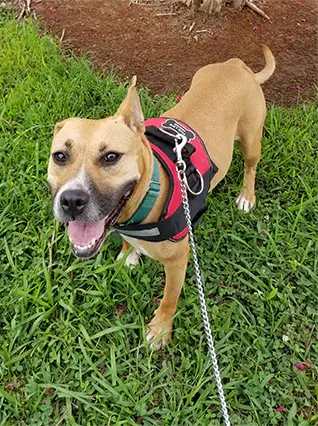The Truth About Dog Domestication

(Hu)man’s best friend has been found in dogs for what feels like since the beginning of time. The transition from dog origins to living together and enjoying each other’s companionship seems to be credited mostly to humans.
Did humans domesticate dogs?
Or did dogs domesticate humans?
Are we giving credit where it’s due?
Back in 2013, Brian Hare and Vanessa Woods published an opinion piece doing a deep dig into this topic. Their argument? “We Didn’t Domesticate Dogs. They Domesticated Us.”

Their insight surrounding the question of who domesticated who is fascinating to think about. They begin by stating the history of our relationship with wolves doesn’t add up to humans domesticating dogs:
“For one thing, the wolf was domesticated at a time when modern humans were not very tolerant of carnivorous competitors. In fact, after modern humans arrived in Europe around 43,000 years ago, they pretty much wiped out every large carnivore that existed, including saber-toothed cats and giant hyenas. The fossil record doesn't reveal whether these large carnivores starved to death because modern humans took most of the meat or whether humans picked them off on purpose. Either way, most of the Ice Age bestiary went extinct.”
They continue on debunking theories that are commonly used in the argument that humans domesticated dogs/wolves.
The big-hitter is the debunking of the hunting hypothesis. This is an argument used that claims humans basically recruited wolves to hunt alongside them, but there are two points Hare and Woods make clear: humans have a history of “eradicating” wolves and wolves have a higher meat intake than humans, so they were in competition with one another for the dinner catch.

Hare and Woods conclude, “Most likely, it was wolves that approached us, not the other way around, probably while they were scavenging around garbage dumps on the edge of human settlements. The wolves that were bold but aggressive would have been killed by humans, and so only the ones that were bold and friendly would have been tolerated.”
And in the perfect followup through National Geographic comes a piece by Virginia Morell - published on September 23, 2020 - where Morell digs further into the friendliness aspect Hare and Woods touched on.
A wolf ancestor was more than likely the one who made the first move; approaching humans and making first contact with a different approach: their willingness to play and be friendly. And their willingness to play and be friendly isn’t something that’s taught by humans. It’s been observed that wolf puppies intrinsically know playtime, and with that, they have a natural path created that can create and cultivate bonds between dogs and humans.

What you’ve just read is a sampling of blog posts we offer at Joyride Harness. We cover current events, informational posts, interviews, and more! You can find more content including tips and tricks and how-tos for caring for your dog on our blog at this section. Feel free to leave a comment with tips you’re looking for!







